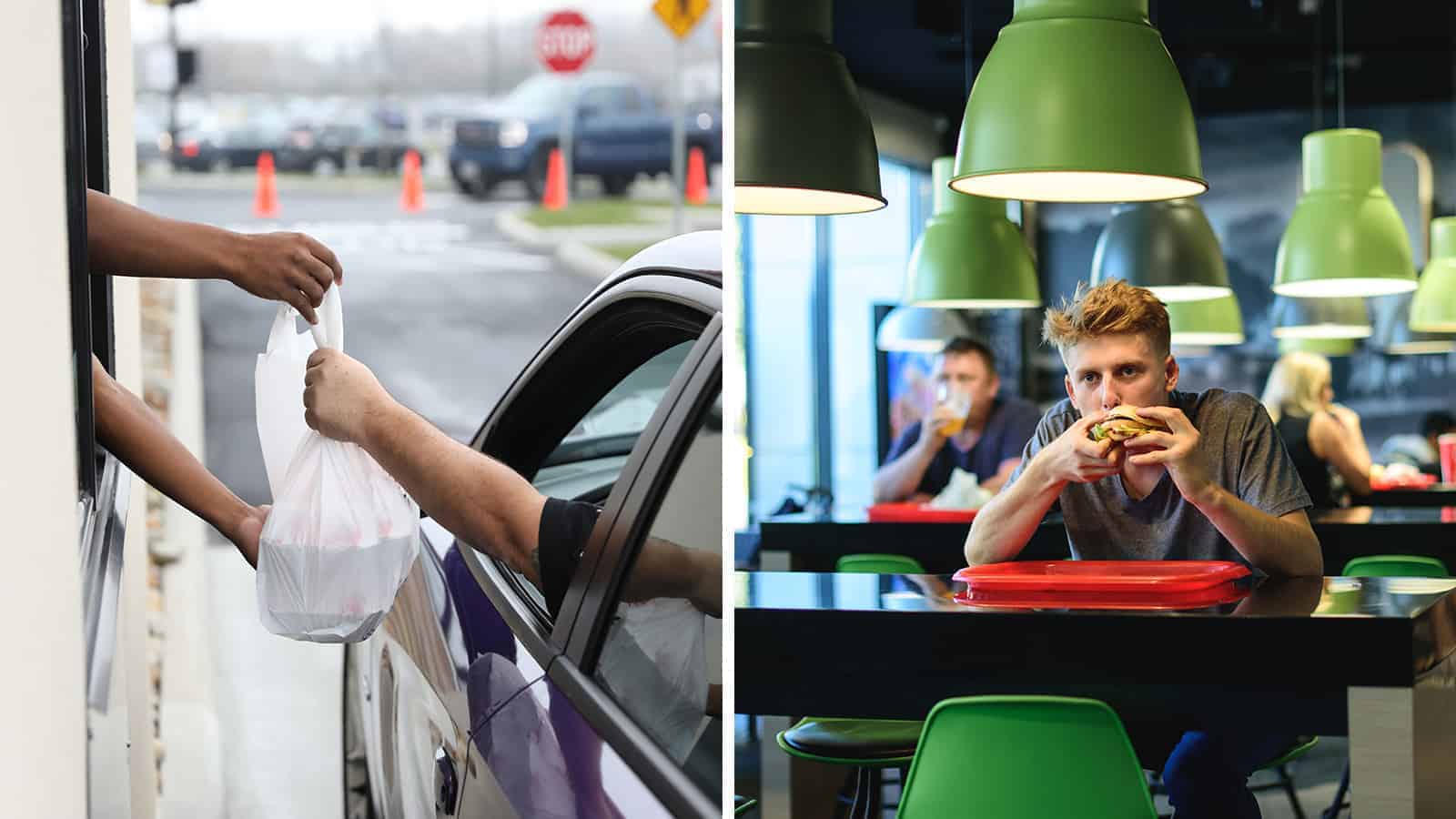Research by the NYU Grossman School of Medicine found that fast food restaurants increase type 2 diabetes risk. Unhealthy processed food also raises the likelihood of developing heart disease and certain types of cancer. Other studies have confirmed that residents living near fast food outlets have a higher risk of developing chronic diseases.
Diseases of modernity like obesity and diabetes continue to rise due to our urban, fast-paced lifestyles. We have access to more food than ever before, but much of it lacks nutrition. Indeed, some scientists call them “food-like substances” because they’re so far removed from nature. Our increasingly sedentary lifestyles only compound the problem, creating the perfect breeding ground for disease.
The journal JAMA Network Open published the New York University study on October 29, 2021.
The research found that building more supermarkets in food deserts could help prevent T2D, especially in suburban and rural areas. Nearly 39.5 million people — 12.8% of the U.S. population — live in food deserts, according to the USDA’s 2017 food access research report.
The Largest Geographical Study of Its Kind

The longitudinal cohort study included over four million veterans living in 98% of U.S. census tracts across the country. Participants did not have type 2 diabetes at the beginning of the study. Researchers followed up with them for a median of 5.5 years until 2018.
For the study, the team counted fast food restaurants and supermarkets relative to other food outlets. The study marks the first large-scale research to analyze type 2 diabetes risk in four different types of neighborhoods. It included high-density urban, low-density urban, suburban, and rural areas nationwide.
“Most studies that examine the built food environment and its relationship to chronic diseases have been much smaller or conducted in localized areas,” said Rania Kanchi, MPH, a researcher in the Department of Population Health at NYU Langone and the lead author of the study.
“Our study design is national in scope and allowed us to identify the types of communities that people are living in, characterize their food environment, and observe what happens to them over time. The size of our cohort allows for geographic generalizability in a way that other studies do not.”
NYU Warns Fast Food Restaurants Increase Type 2 Diabetes Risk
The team compiled data from the U.S. Veterans Health Administration (the most extensive single-payer healthcare system in the United States). The data includes over 9 million veterans across more than 1,200 health facilities throughout the country between 2008 and 2016.
The researchers then organized this data and created a national cohort of over four million veterans without diabetes. Researchers tracked each veteran’s health through the VA electronic health records (EHR). They followed them through 2018 or until the participant developed diabetes, died, or went two years without appointments.
The team counted the proportion of fast food restaurants and supermarkets in each distinct neighborhood type. They used the following metrics for calculations:
- one-mile walk in high-density urban neighborhoods;
- two-mile drive in low-density metropolitan areas;
- six-mile drive in suburban communities, and;
- 10-mile drive in rural communities.
They followed the veterans for a median of five and a half years. In that time, 13.2% of the cohort had a new diagnosis of type 2 diabetes. They observed that males developed T2D more often than females (13.6 versus 8.2 percent). Researchers also noted significant racial disparities in diabetes prevalence and incidence.
Rates of type 2 diabetes among ethnic groups
- Non-Hispanic Black adults: 16.9 percent
- Non-Hispanic Whites: 12.9 percent
- Non-White Asian and Hispanics: 8 percent
- Native Hawaiian and Pacific Islanders: 15 percent
- Native American and Alaskan Indians: 2 percent
Fast Food Increases Burden of Disease in Vulnerable Populations
When classifying the data by community types, 14.3% of veterans in high-density urban areas developed T2D. The researchers observed the lowest incidence among people living in suburban and rural areas (12.6 percent). In conclusion, the team reported that the association between fast food restaurants and T2D varied based on neighborhood type. However, they said the effects did not differ further when comparing regions of the country.
“The more we learn about the relationship between the food environment and chronic diseases like type 2 diabetes, the more policymakers can act by improving the mix of healthy food options sold in restaurants and food outlets, or by creating better zoning laws that promote optimal food options for residents,” said senior author Lorna Thorpe, Ph.D., MPH, professor in the Department of Population Health at NYU Langone.
Authors say that a caveat of the study is it may not apply to non-veteran populations. U.S. veterans usually have more significant health burdens and have higher rates of disability, obesity, and other chronic conditions. They also tend to experience more financial instability and are predominantly male. All of these factors could skew the results.
In the future, say Thorpe and Kanchi, the team wants to study how the neighborhood environment impacts other subgroups’ diabetes risk. Specifically, they want to investigate if relationships between fast food restaurants, supermarkets, and community types vary by gender, race or ethnicity, and socioeconomic status.
The Centers for Disease Control and Prevention helped fund this study.

Final Thoughts on a New Study That Reveals How Fast Food Restaurants Fuel Diabetes
We can drive down the street and get a meal with over 2,000 calories in today’s world. It requires almost no effort on our part, making it an appealing choice for many. However, these foods contain unhealthy fats and very few nutrients, leaving us hungry and unsatisfied. With such an abundance of calories available, much of the world still suffer from malnutrition.
Indeed, hunger and food deserts should not exist today. Yet, over ten percent of our population lack access to supermarkets and high-quality food choices. This study revealed that living in areas with a high concentration of fast food restaurants increases type 2 diabetes risk.
It highlights the dire need for policymakers to revise zoning laws and nutrition requirements. Everyone deserves healthy food, especially since modern farming creates such a bounty. We need better distribution methods to ensure every population can enjoy it.




















